We’ve been hit by a streak of hot, humid Summer conditions. And while most people have been rejoicing in it, I (being the curmudgeon that I am) have simply had to grin and bear it as these conditions make for lousy banding conditions at Ruthven. I’m not exactly sure of the dynamics as to why this is the case but years of experience have shown it to be so. So let’s wish for some unsettled weather and turn this thing around!! Despite my whining we had a pretty good 2nd 10-day banding average. During this period (September 11-20) we banded an average of 44.9 birds per day which is well above the 10-year average of 30. We were helped in this regard by the 108 bird day on September 15th. But this final 10-day period for September has gotten off to a slow start as you will see from the numbers below.
September 20th; Ruthven Park:
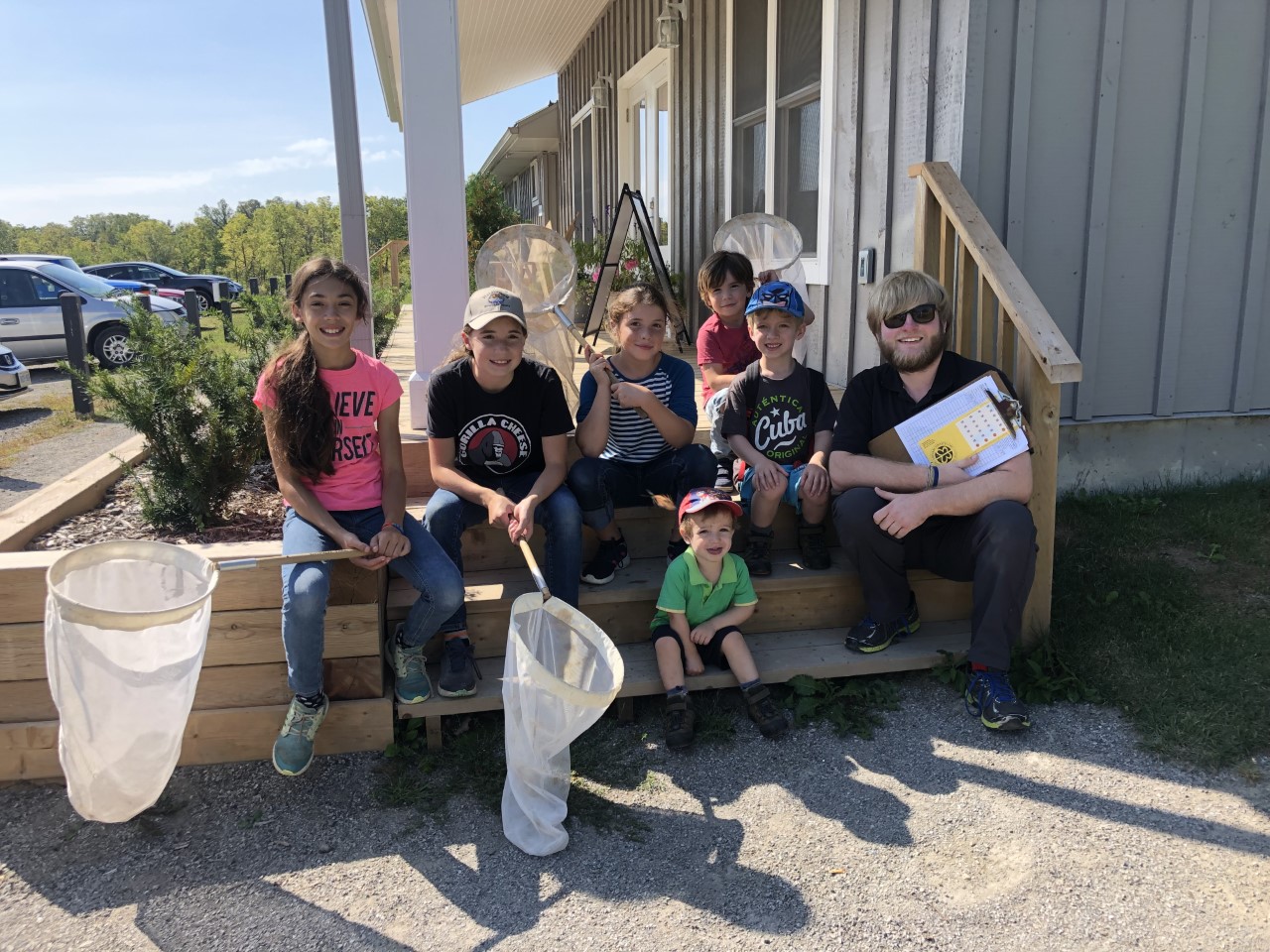
Cool, pleasant temperatures were comfortable to work in at opening but it wasn’t long before the heat and humidity were felt. It wasn’t a busy morning handling birds but Ruthven Park was the place to be – a number of families made the banding lab their day-off destination for their PD day. Thanks to Michael Berry, Education Co-ordinator for leading the families on a hike to ‘sweep’ for butterflies (Monarch’s specifically to tag), moths, bees, dragonflies, and spiders!
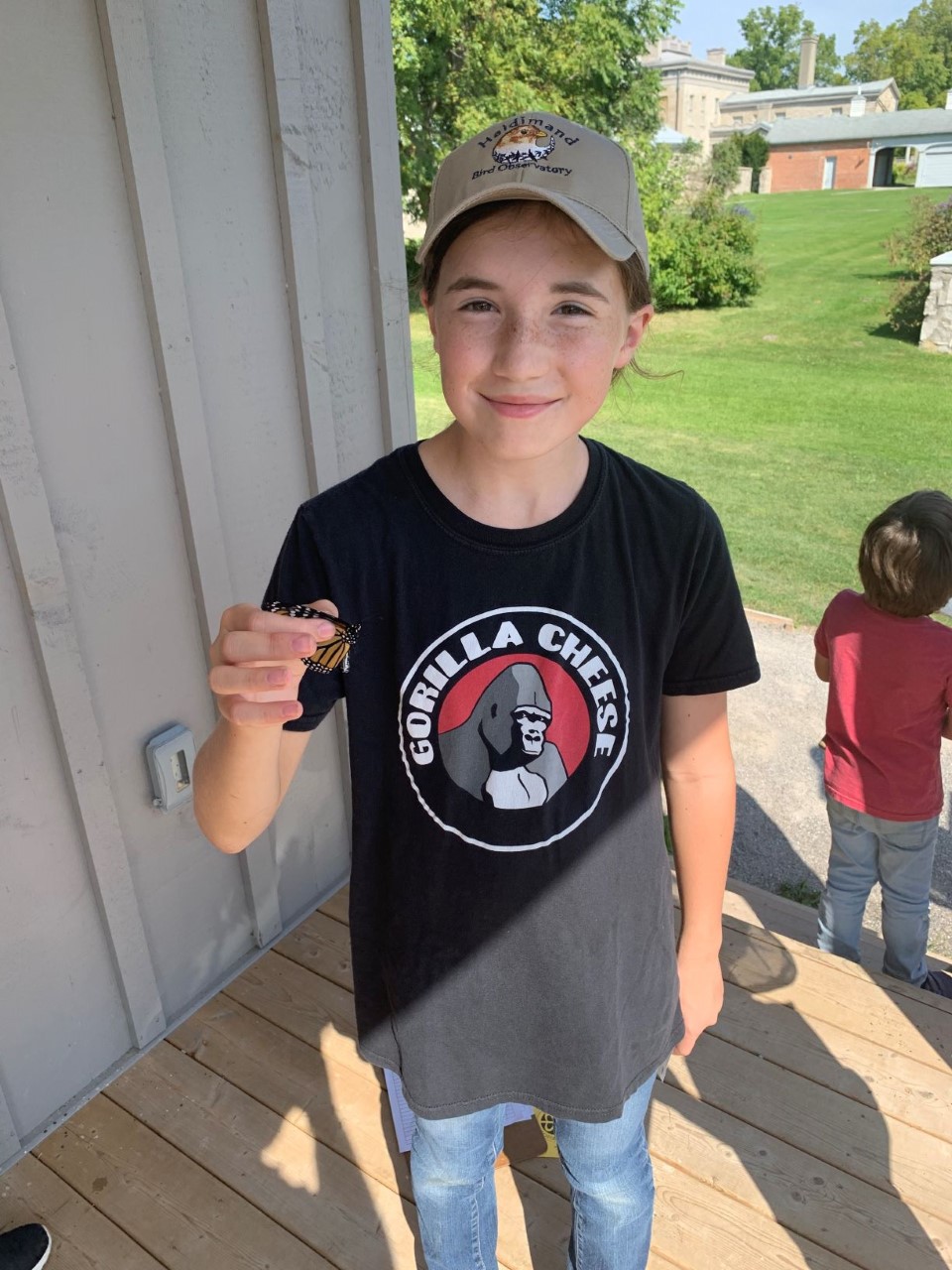
Banded 19:
1 White-breasted Nuthatch
3 Swainson’s Thrush
2 Gray Catbird
1 Philadelphia Vireo
4 Red-eyed Vireo
2 Magnolia Warbler
2 Bay-breasted Warbler
1 Blackpoll Warbler
1 American Redstart
1 Cape May Warbler
1 Lincoln’s Sparrow
ET’s: 42’s species
Nancy
September 20th; Fern Hill School Oakville:
It was hot and humid here too but we had some nice birds “trickling” through. But the big news was that the Monarch Butterfly Highway was on the move. For the past couple of years I have noticed that there is a massive movement of Monarchs across the school campus – and I’m talking 100’s (if not 1000’s) per day. It’s really hard to understand because if you take a look at the direction they’re coming from (ENE) you see, in the distance, the built-up skyline of Mississauga, then the super-busy Highway 403 corridor, then a large field of soybeans, and, finally 9th Line before reaching the school. So where are they coming from and where were they the night before?! The really neat thing is that there is a large amount of goldenrod and asters around the school and by the outside of the cemetery where the butterflies feed…en masse. Between net rounds I caught and then tagged 41! If I had concentrated on just catching them (and I had enough tags) I could easily have marked over 100. It would be wonderful if some of these tagged Monarchs were found so we could see the route they take toward Mexico, their Winter home.
Banded 18:
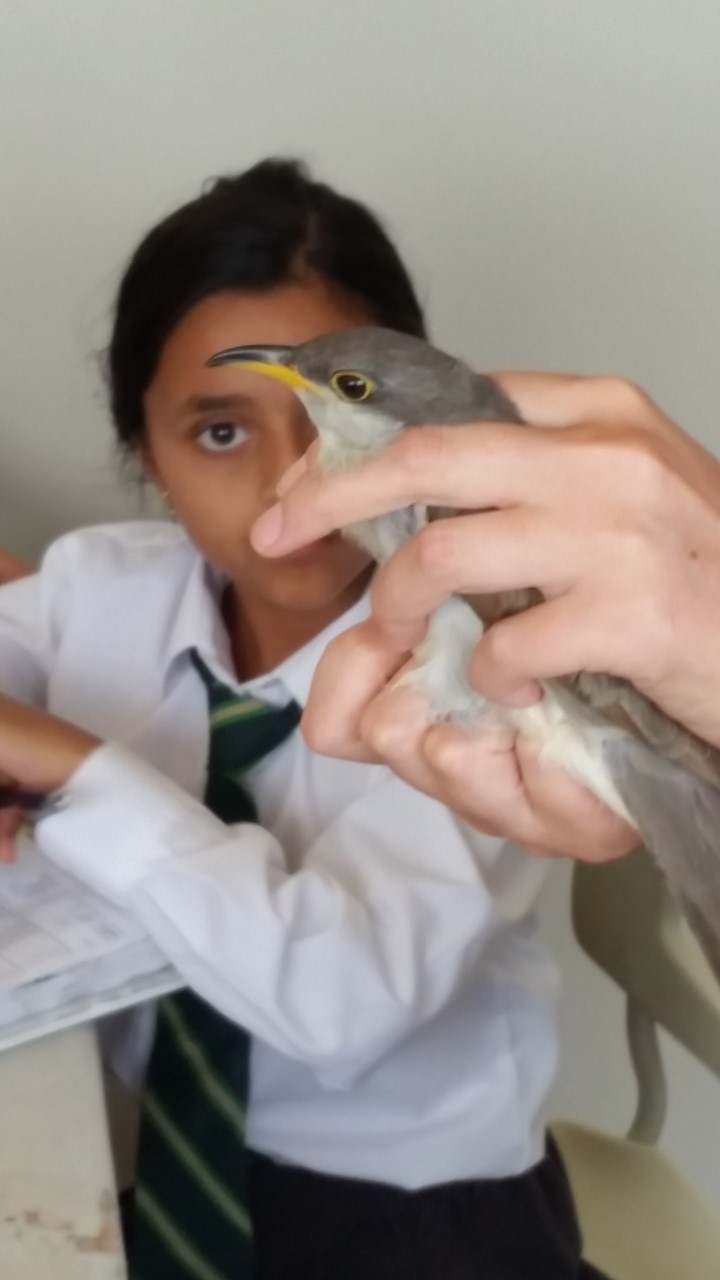
1 Yellow-billed Cuckoo

1 Hairy Woodpecker
1 Downy Woodpecker
1 Least Flycatcher
2 Black-capped Chickadees
2 American Robins
1 Red-eyed Vireo
1 Yellow Warbler
1 Magnolia Warbler
1 Western Palm Warbler
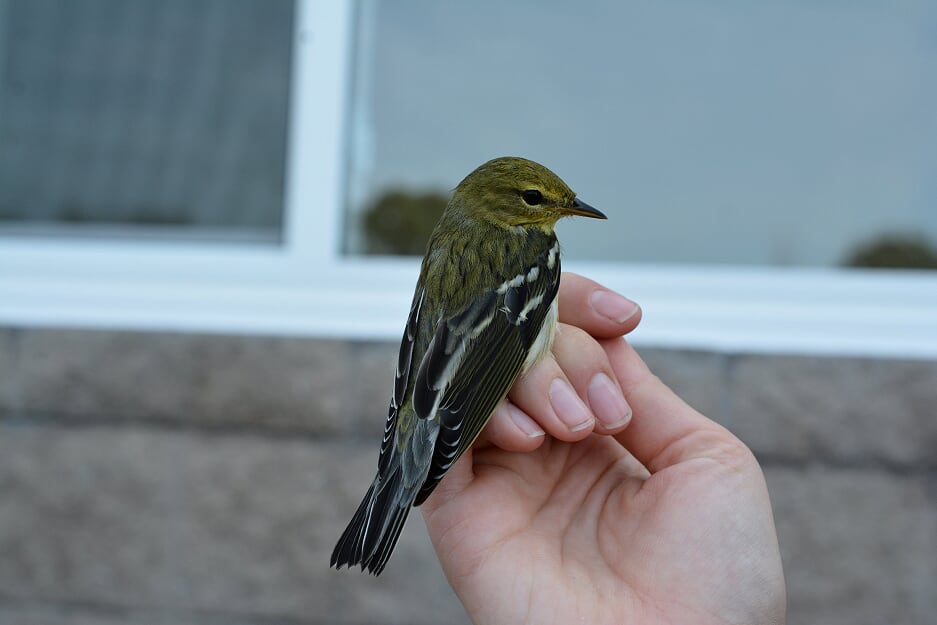
1 Blackpoll Warbler
1 Common Yellowthroat
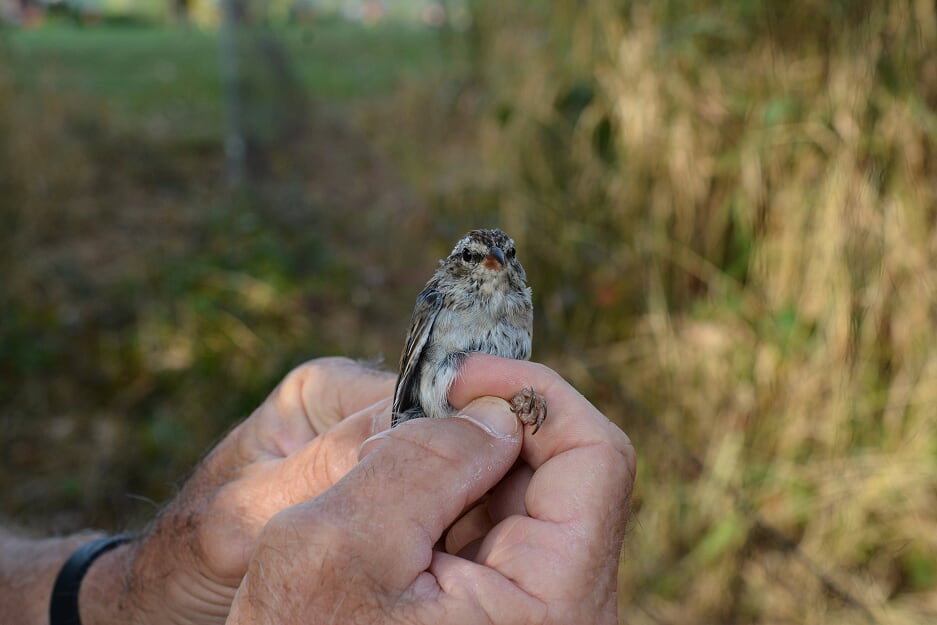
1 Chipping Sparrow
3 Song Sparrows
ET’s: 28 spp.
Rick
September 21st; Ruthven:

It was “McMaster” Day – each Fall Pat Chow Fraser’s 2nd year biology class comes to visit to get an idea of bird banding techniques and, in some cases, just to see what a bird looks like. They’re usually a lot of fun and this year was no different. The only drawback was that we did not have a lot of birds to experience but, on the other hand, it allows us to maintain a more “relaxed” pace which is better for teaching.
The highlight of the morning was the sighting of one (maybe two) Red-headed Woodpecker. They have become rare in southern Ontario and we are lucky to see one every couple of years – so a great treat!
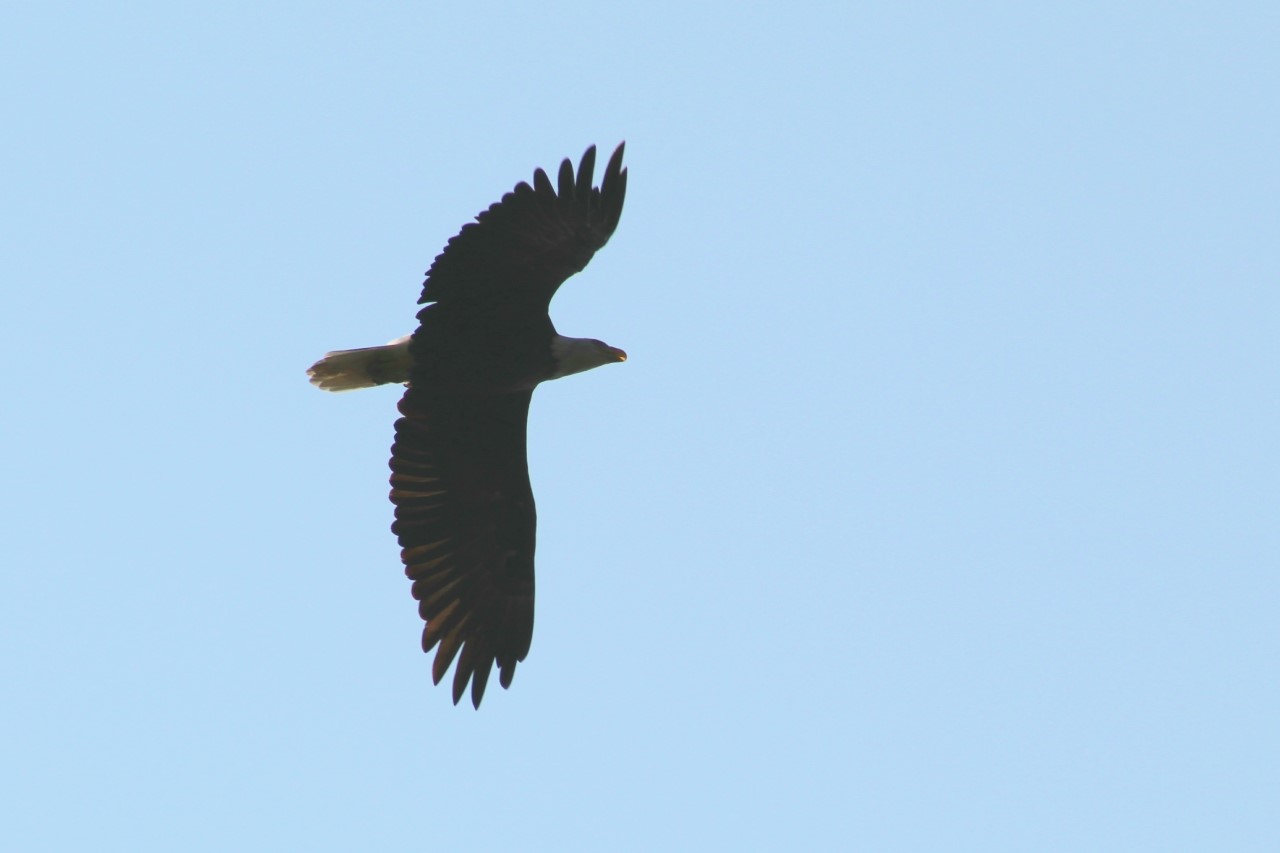
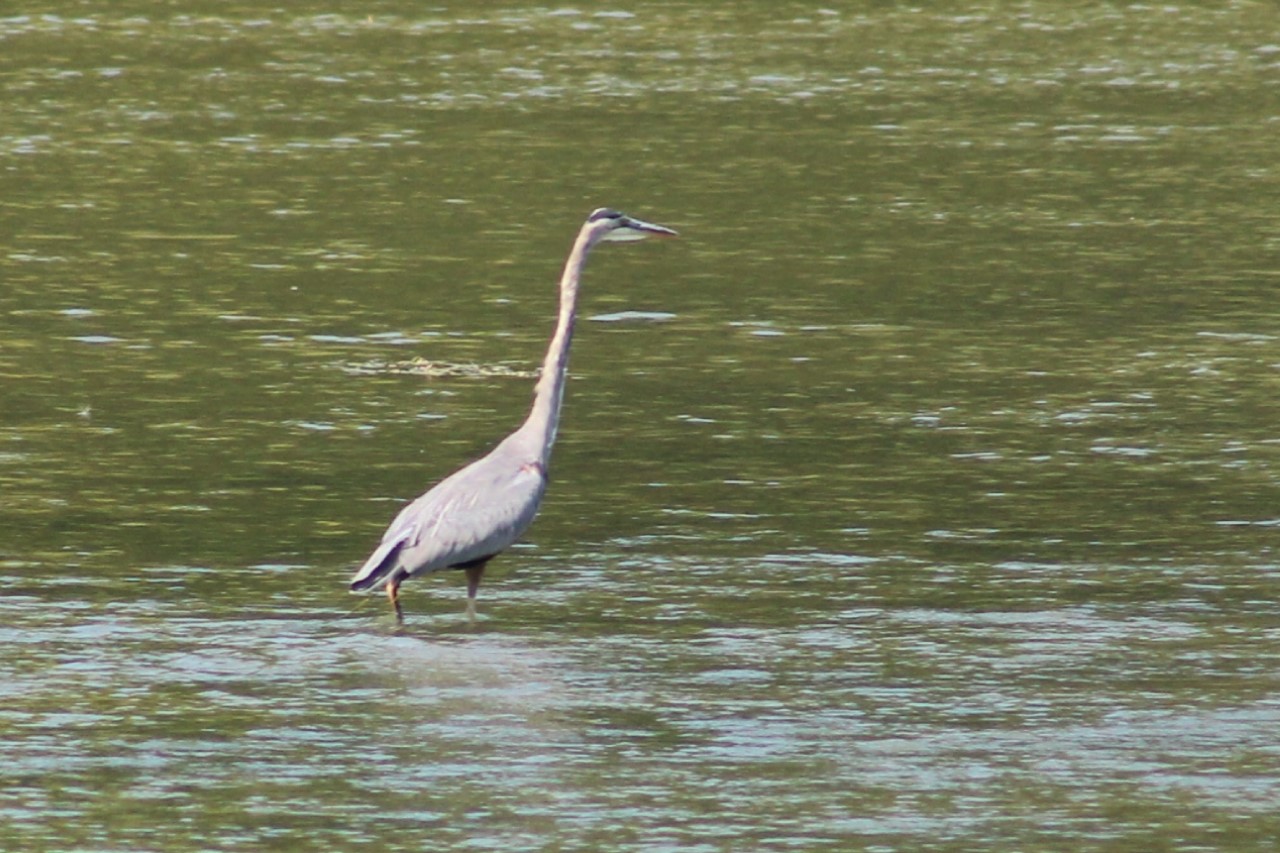
Banded 24:
1 Black-capped Chickadee
1 Swainson’s Thrush
1 Gray Catbird
3 Red-eyed Vireos
3 Nashville Warblers
2 Magnolia Warblers
2 Black-throated Blue Warblers
3 Bay-breasted Warblers
3 Blackpoll Warblers
1 American Redstart
1 Ovenbird
1 Common Yellowthroat
2 Song Sparrows
ET’s: 53 spp.
Our product is nature, our strength is people”:

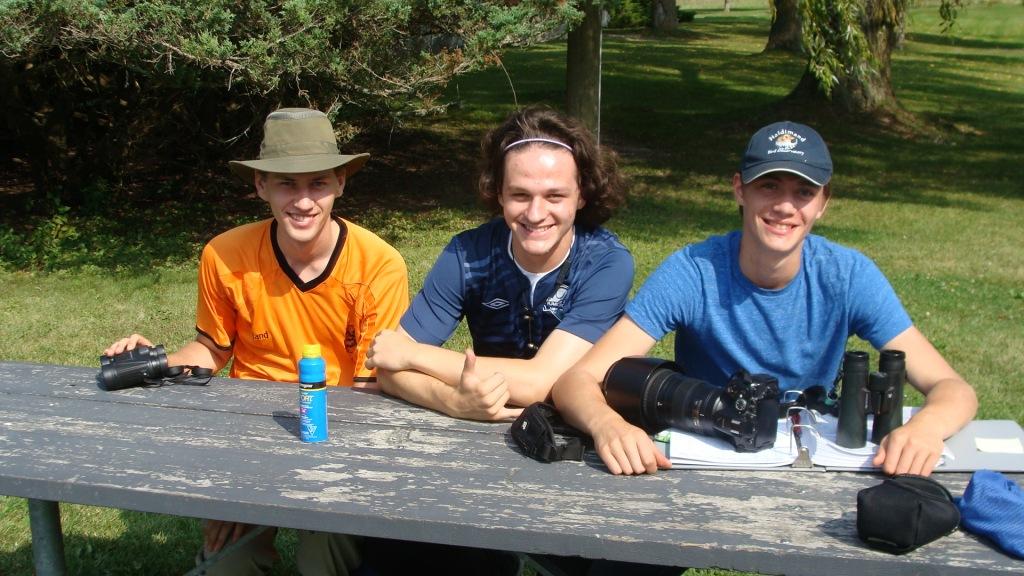

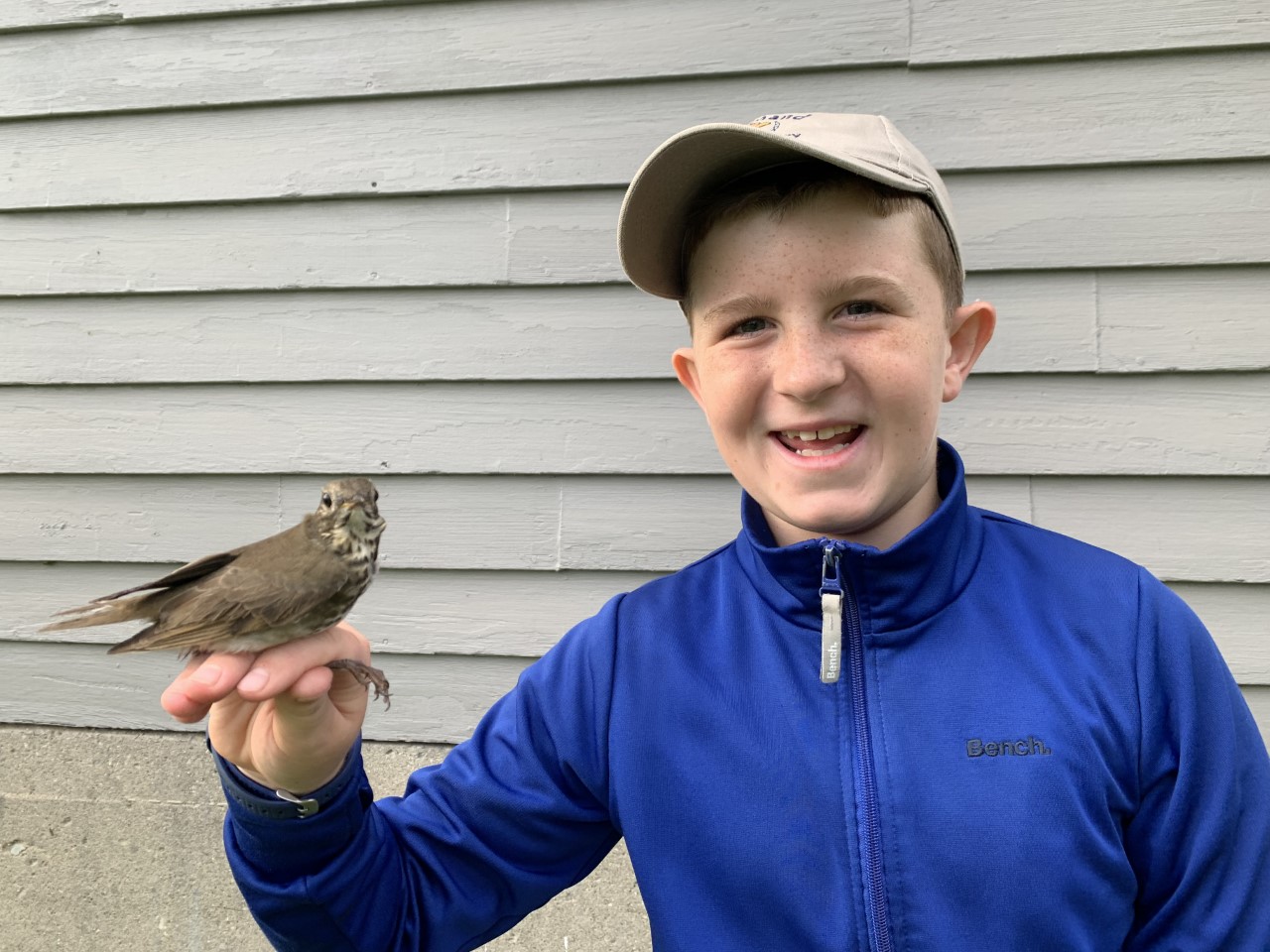
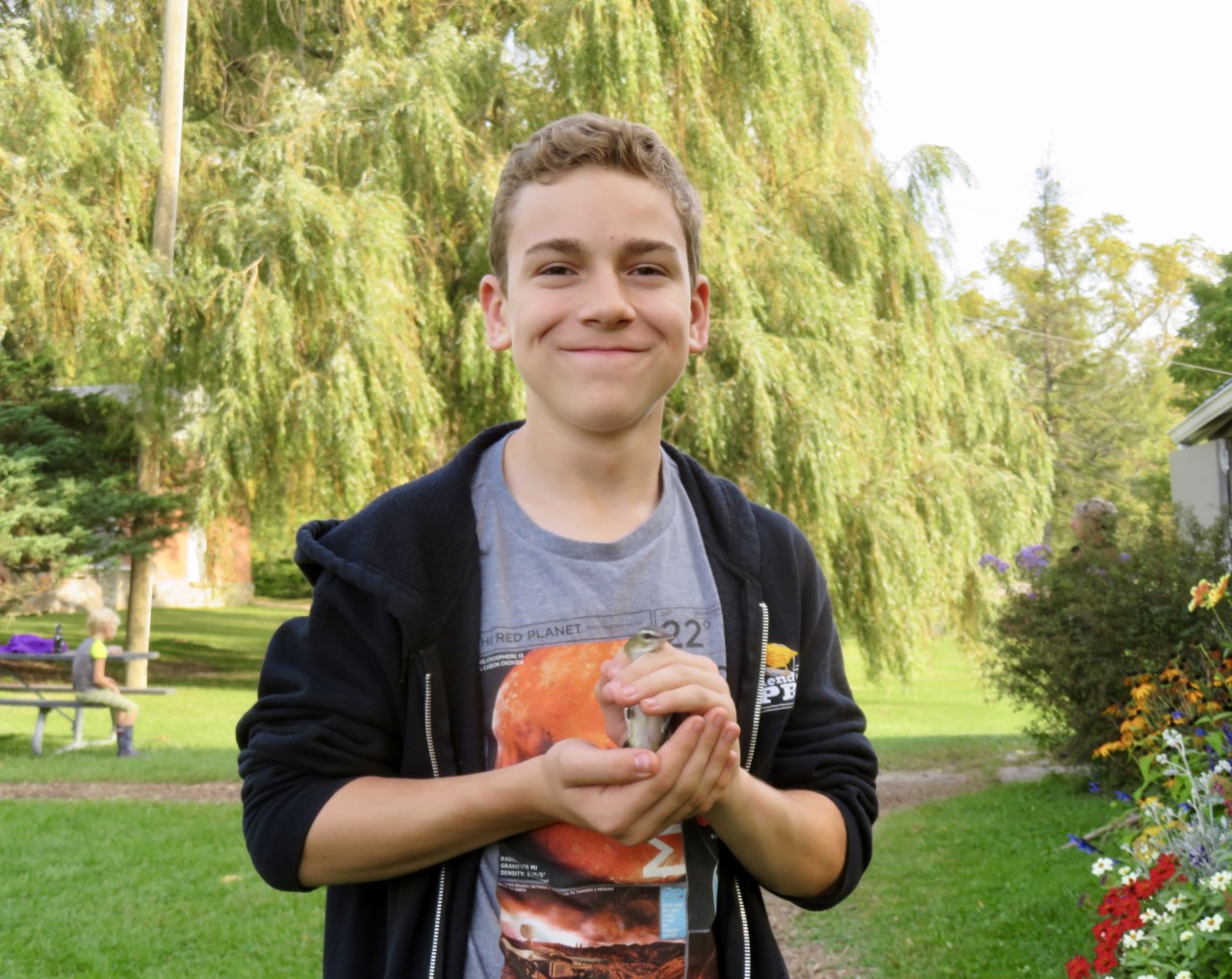

September 22nd; Ruthven:
And then the wheel came off….. It was hot before I even got the nets open, well before sun-up and it just got hotter….and more humid. Birds were VERY few and far between. We ended up handling just 16 (7 banded, 9 retraps) so we had more people at the lab than birds. Come on unsettled weather!! On the positive side, our flock of 7 Wild Turkeys continues to boldly stroll the grounds allowing great photographic opportunities (as well as frank discussions about Thanksgiving dinners…).

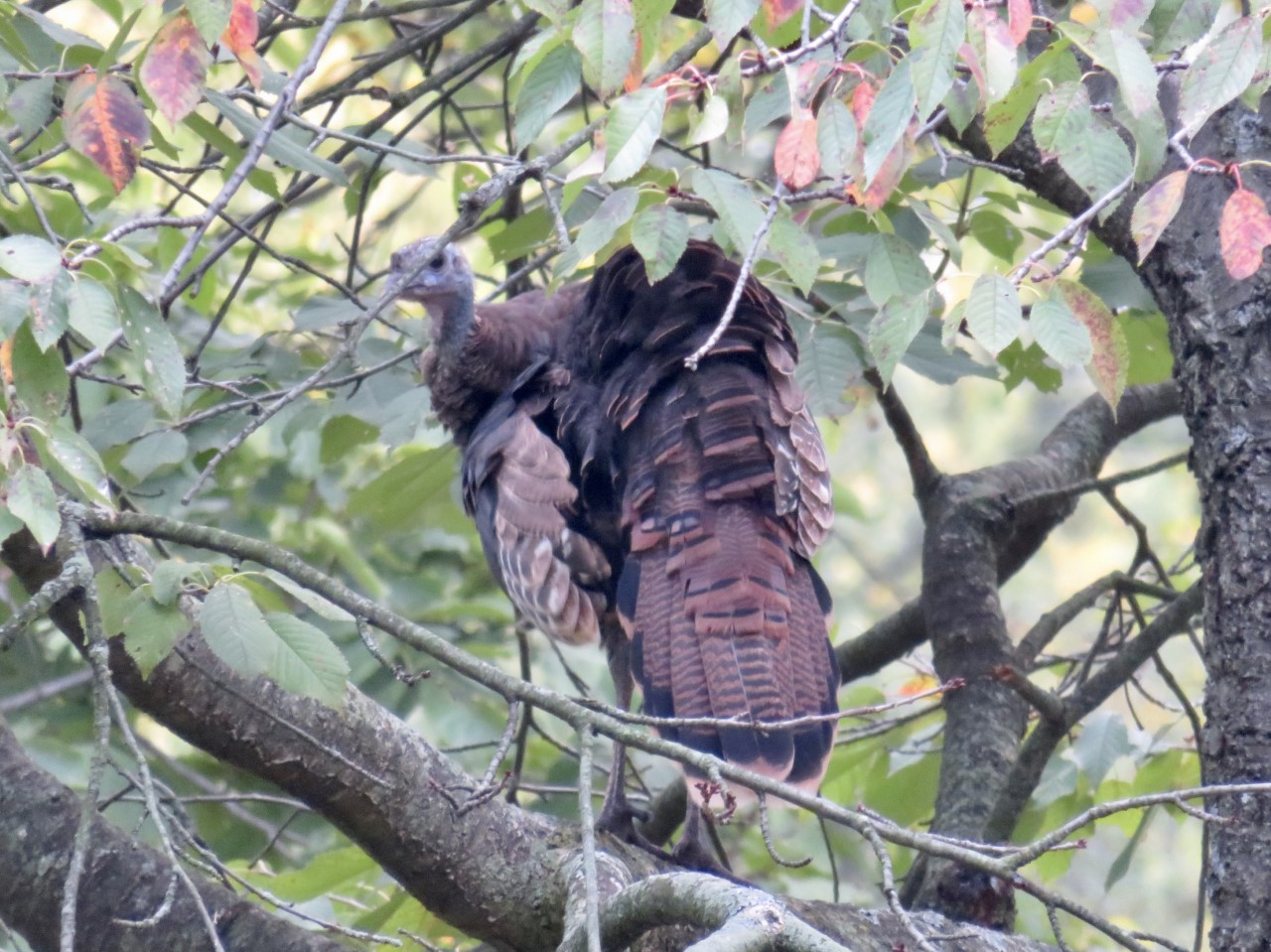
Banded 7:
1 Gray-cheeked Thrush
1 Swainson’s Thrush
1 Gray Catbird
2 Red-eyed Vireos
1 Nashville Warbler
1 Black-throated Blue Warbler
[caption id="attachment_17666" align="aligncenter" width="769"] Yellow-billed Cuckoo back along the Carolinian Trail. -CR
Yellow-billed Cuckoo back along the Carolinian Trail. -CR
ET’s: 40 spp.
Karen’s Kreeping Korner (for the past 3 days):

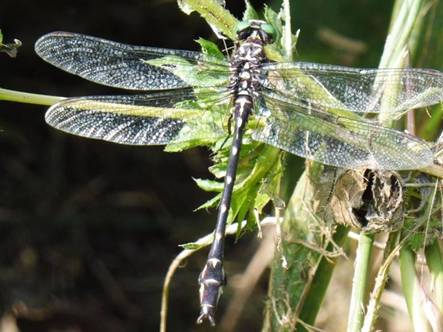
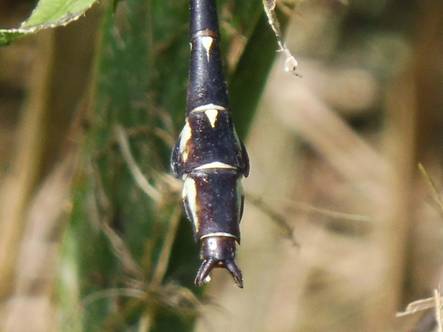
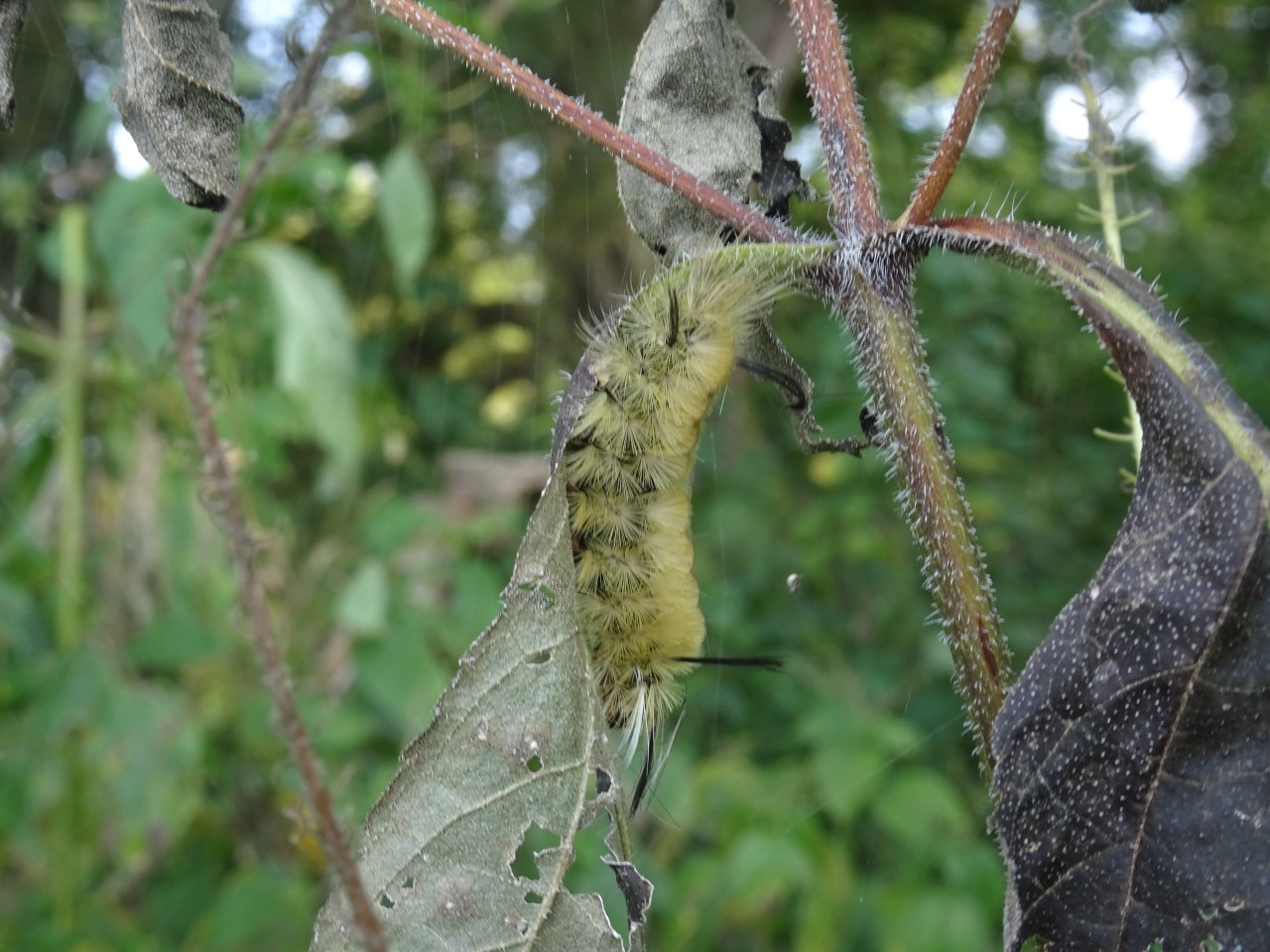

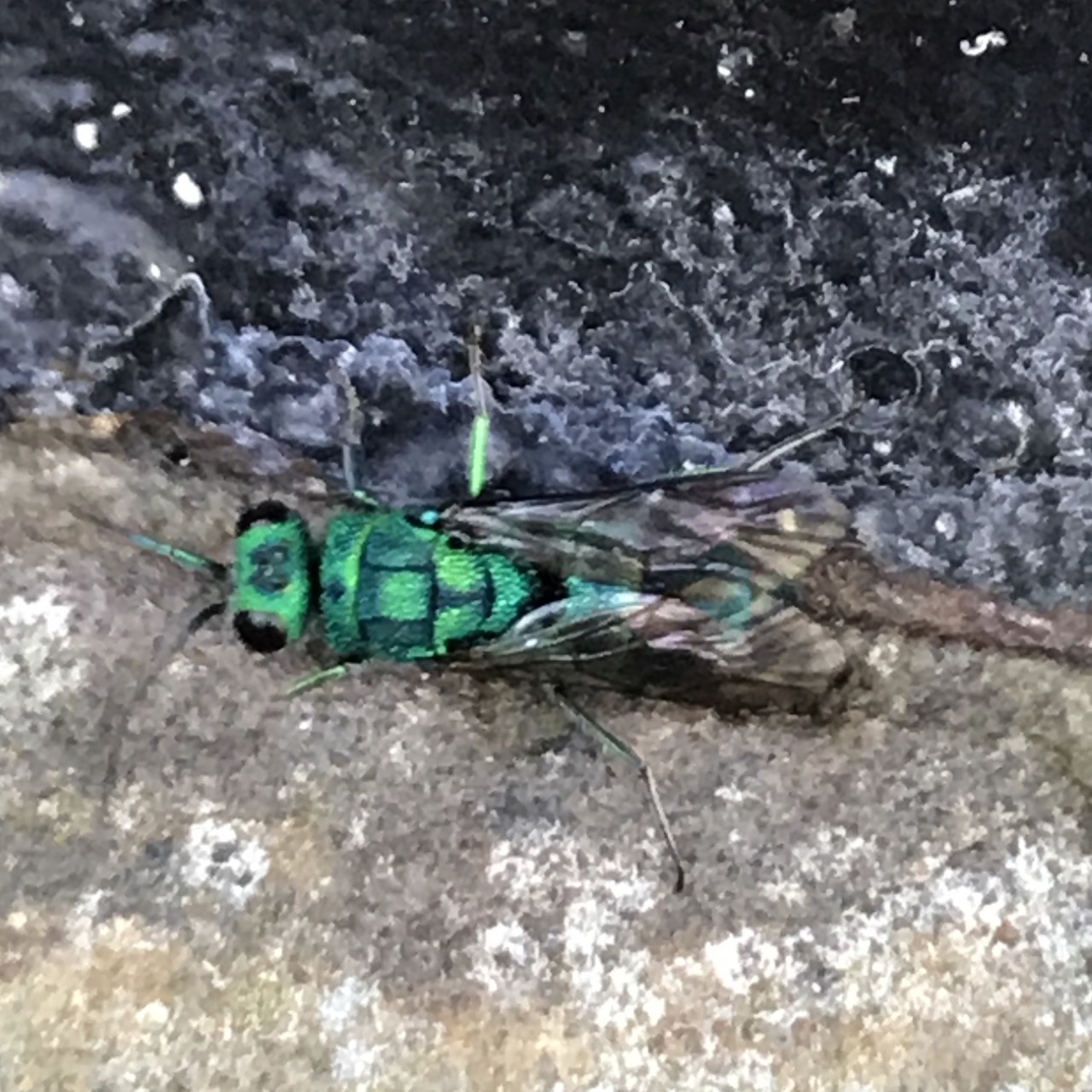


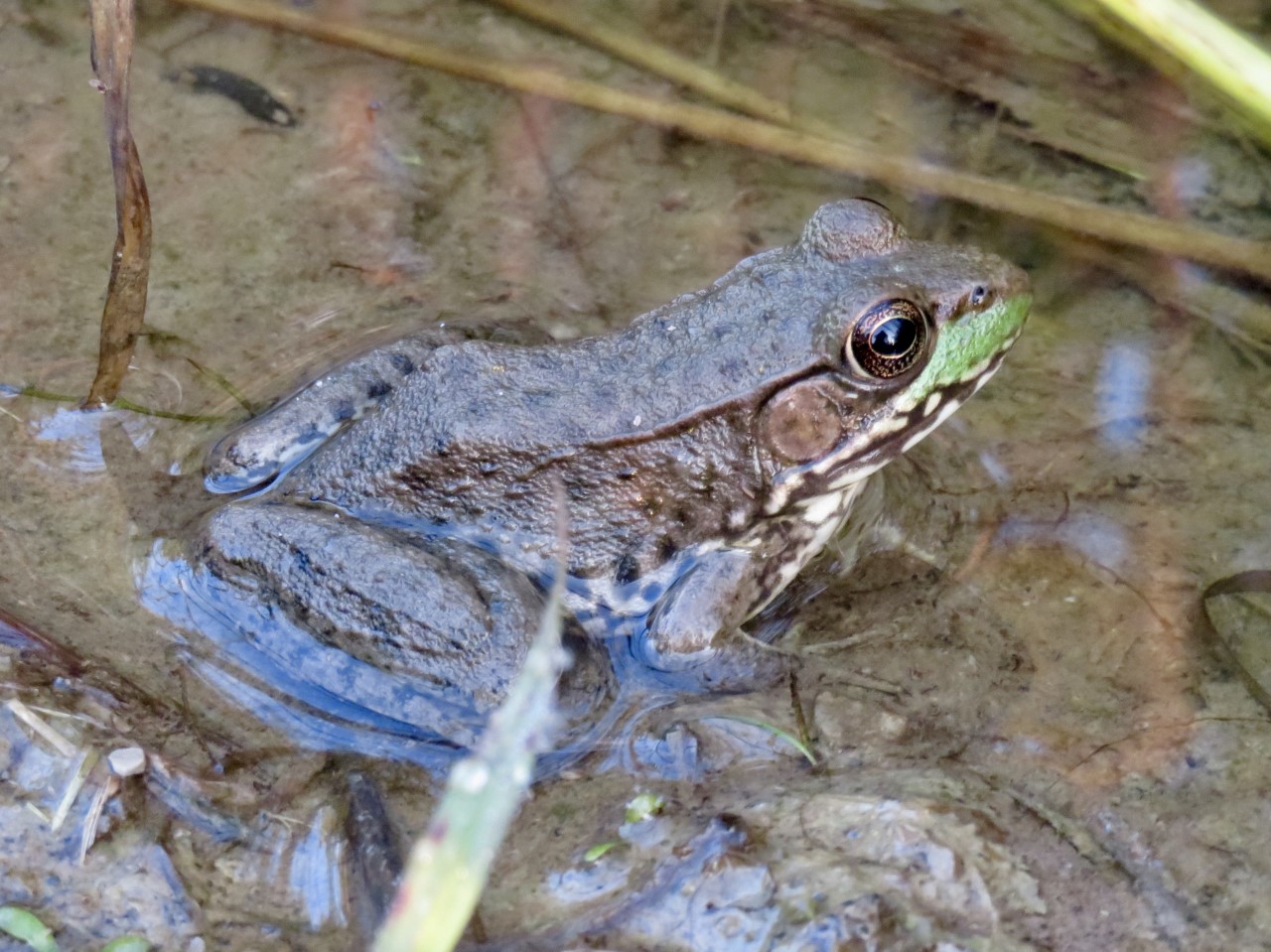



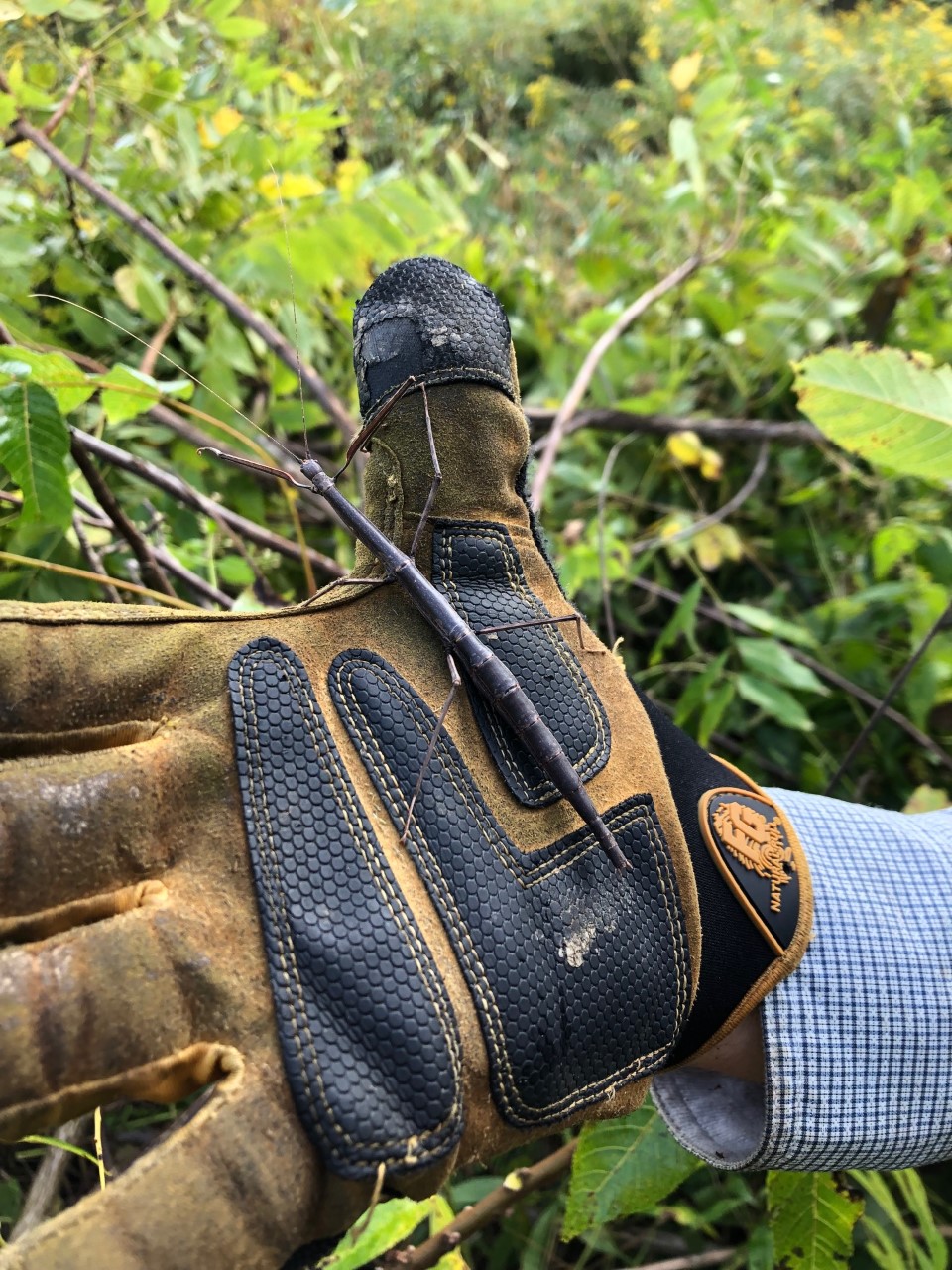
Rick

KMP takes wonderful photos, the colours are so vibrant and I like the insect photos. I think the Delta Spotted photo is also an Arrow Curtail based on the male genitalia and colour patterns..Diane